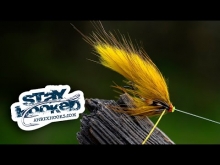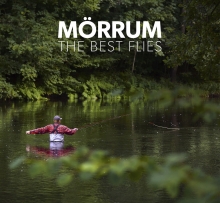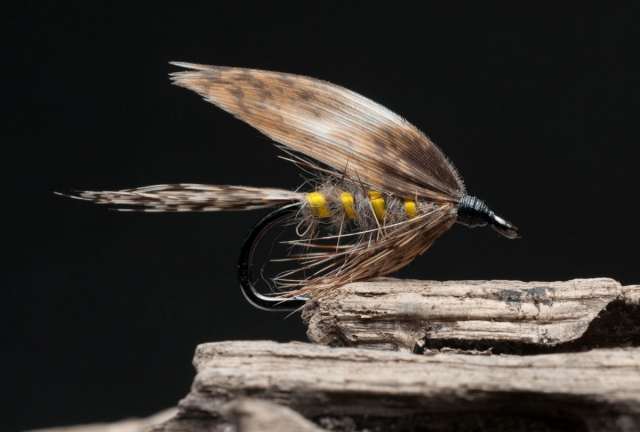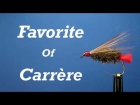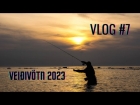The BC Needlefish
Trolling Bucktail style flies tied on tubes was very common during the glory days of ocean Silver Salmon recreational fisheries of the 1950s -- 1980s from Northern California through SE Alaska. Regions like Puget Sound and Vancouver Island spawned many versions of Coho Tube flies that had local followings and rationale for the selection of one pattern over another. Near as I can tell, fly anglers used these tube Bucktail flies to troll as well as cast to feeding Coho in saltwater. The various fly patterns are sometimes suggestive of a natural baitfish and sometimes just wild bright flashy fish strike attractors.
This Tube Bucktail is a simple pattern inspired by several flies I have seen popularized by BC anglers specifically imitating big Needlefish. The Steve Farrar's Blend material is easy to work with, durable, and swims your fly true, without the worry of needing to select the perfect Bucktail hair.
For more fly tying videos, visit www.OregonFlyFishingBlog.com and for fly tying materials, go to www.CaddisFlyShop.com.
Read more about why you should register.
The Global FlyFisher does NOT make any money from these links or purchases!
You can support the Global FlyFisher directly here, if you feel like it.
More content from the front page
Since you got this far …
… I have a small favor to ask.
Long story short
Support the Global FlyFisher through several different channels, including PayPal.
Long story longer
The Global FlyFisher has been online since the mid-90's and has been free to access for everybody since day one – and will stay free for as long as I run it.
But that doesn't mean that it's free to run.
It costs money to drive a large site like this.
See more details about what you can do to help in this blog post.









































